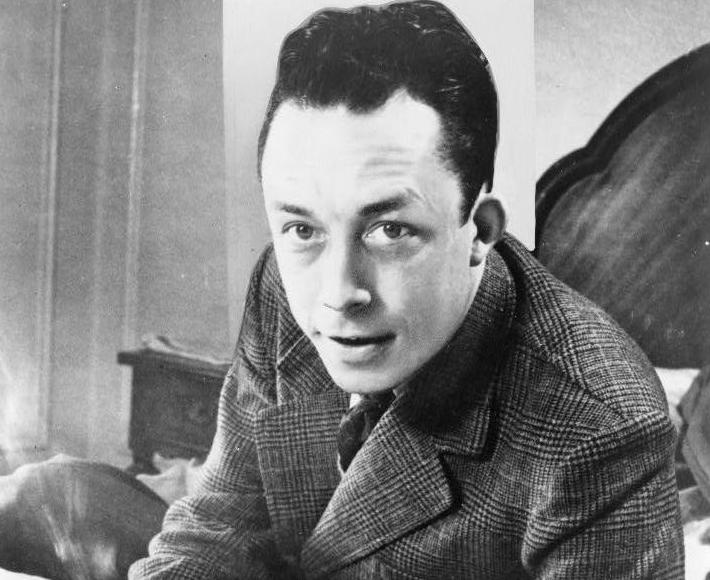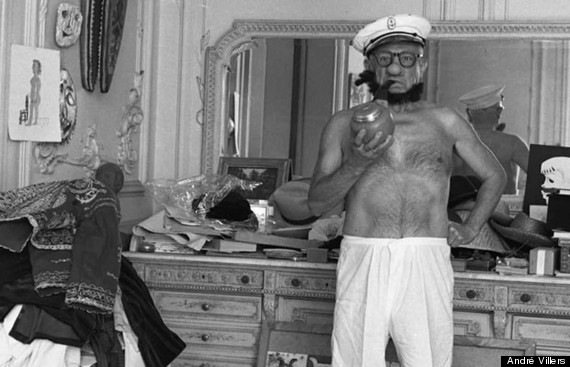Experimental electronic musician and inventor Bruce Haack’s compositions expanded many a young consciousness, and taught kids to dance, move, meditate, and to be endlessly curious about the technology of sound. All of this makes him the perfect guest for Fred Rogers, who despite his totally square demeanor loved bringing his audience unusual artists of all kinds. In the clips above and below from the first, 1968 season of Mr. Roger’s Neighborhood, Haack introduces Rogers and a group of youngsters to the “musical computer,” a homemade analog synthesizer of his own invention—one of many he created from household items, most of which integrated human touch and movement into their controls, as you’ll see above. In both clips, Haack and longtime collaborator Esther Nelson sing and play charming songs as Nelson leads them in various movement exercises. (The remainder of the second video mostly features Mr. Roger’s cat.)
Although he’s seen a revival among electronic musicians and DJs, Haack became best known in his career as a composer of children’s music, and for good reason. His 1962 debut kid’s record Dance, Sing & Listen is an absolute classic of the genre, combining a dizzying range of musical styles—country, classical, pop, medieval, and experimental electronic—with far-out spoken word from Haack and Nelson. They followed this up with two more iterations of Dance, Sing & Listen, then The Way Out Record for Children, The Electronic Record for Children, the amazing Dance to the Music, and several more, all them weirder and more wonderful than maybe anything you’ve ever heard. (Don’t believe me? Take a listen to “Soul Transportation,” “EIO (New MacDonald),” or the absolutely enchanting “Saint Basil,” with its Doors‑y organ outro.) A psychedelic genius, Haack also made grown-up acid rock in the form of 1970’s The Electric Lucifer, which is a bit like if Andrew Lloyd Webber and Tim Rice had written Jesus Christ Superstar on heavy doses of LSD and banks of analog synthesizers.
While Haack’s Mr. Rogers appearance may not have seemed like much at the time, in hindsight this is a fascinating document of an artist who’s been called “The King of Techno” for his forward-looking sounds meeting the cutting edge in children’s programming. It’s a testament to how much the counterculture influenced early childhood education. Many of the progressive educational experiments of the sixties have since become historical curiosities, replaced by insipid corporate merchandising. What Haack and Nelson’s musical approach tells me is that we’d do well to revisit the educational climate of that day and take a few lessons from its freeform experimentation and openness. I’ll certainly be playing these records for my daughter.
Related Content:
Mr. Rogers Takes Breakdancing Lessons from a 12-Year-Old (1985)
Mr. Rogers Goes to Washington
Josh Jones is a writer and musician based in Durham, NC. Follow him at @jdmagness.



